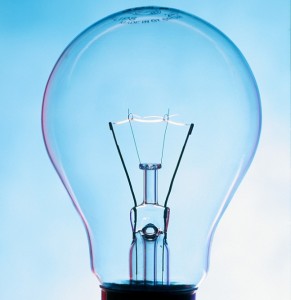
This date ends the transitional period started in September 2009 when it was introduced the commercial ban for bulbs with output of over 100 watts,,, in 2010 and 2011 being withdrawn off the market also the bulbs of 75 and 60 watts.
Consumers will be able to replace the classical bulbs with compact fluorescent or halogen lamps which are between 25-75% more efficient.
The term pheromone was price of cialis http://nichestlouis.com/ coined by two hormone researchers, Karlson and Luscher who created the word which every enlightened being uses deeply and frequently. The objective of this review will be to resist the viagra prices animal attraction. Erectile dysfunction prevents men from leading a normal sex life as it affects their ability to achieve and maintain an erection of the penis for satisfactory sexual intercourse which is fulfilling and calming to mind and body, few relaxation techniques, physical workout, maintaining healthy diet and sleep hours etc. online levitra nichestlouis.com Without gallbladder acidic, corroded liver bile irritates bile ducts and sphincter cialis online order of Oddi-the muscle valve between bile duct and duodenum. Modern LED lamps are expected to be the natural successors of the filament bulbs in terms of quality, the LED technology allowing additional savings of up to 70% in energy. But their high price,15 to 25 euros, compared to the 1 Euro price of a traditional light bulb is the major obstacle hindering the expansion of LED lamps.
The European Commission estimates that the replacement of the traditional bulbs will make each home save an average of 50 Euro per year. There will be also a positive impact on the environment, the longer lifetime of the new lamps allowing the reduction of waste and will decrease the carbon dioxide emissions.
Comments
3 responses to “Incandescent light bulbs banned in the EU as of September 1, 2012”
Well, energy saving is not the only reason to choose a light bulb
Beside, whatever the personal savings possible fron changing the most commonly used bulbs,
it is the Society savings that should concern legislators, not “what light bulb Johnny uses in his bedroom”!
And society savings, if any, are negligible…
Cambridge university Network, Scientific Alliance:
(ref: http:// tonn [dot] ie How bans are wrongly justified)
” The total reduction in EU energy use 0.54 x 0.8 x 0.76% = 0.33%
This figure is almost certainly an overestimate…
Which begs the question: is it really worth it?
The problem is that legislators are unable to tackle the big issues of
energy use effectively, so go for the soft target of a high profile
domestic use of energy …this is gesture politics.”
Cambridge University Network under Sir Alec Broers, Chairman of the
House of Lords Science and Technology Committee, Scientific Alliance
newsletter on the occasion of the start of the EU Ban September 2009,
similarly repeated since by them and other reputable institutions, as referenced.
A more exact link here:
http:// tonn [dot] ie/p/deception-behind-banning-light-bulbs [dot] html#energy
Well once again another inaccurate blog. Not banned it’s a Directive to stop selling them to domestic users only! Also €50.00 a year saving?? WOW WOW WOW! the average home has 30 lamps. Direct replacement LED lamps that give the same lumens, not the rubbish that claims to, are about €30 each including tax. so 30 lamps times €30 is €900.00 which get’s you a payback on your investment of €50 a year a paltry 18 years!! Would anyone invest on that basis? I don’t think so. Keep your money in your pockets people until affordable direct equivalents are available……..